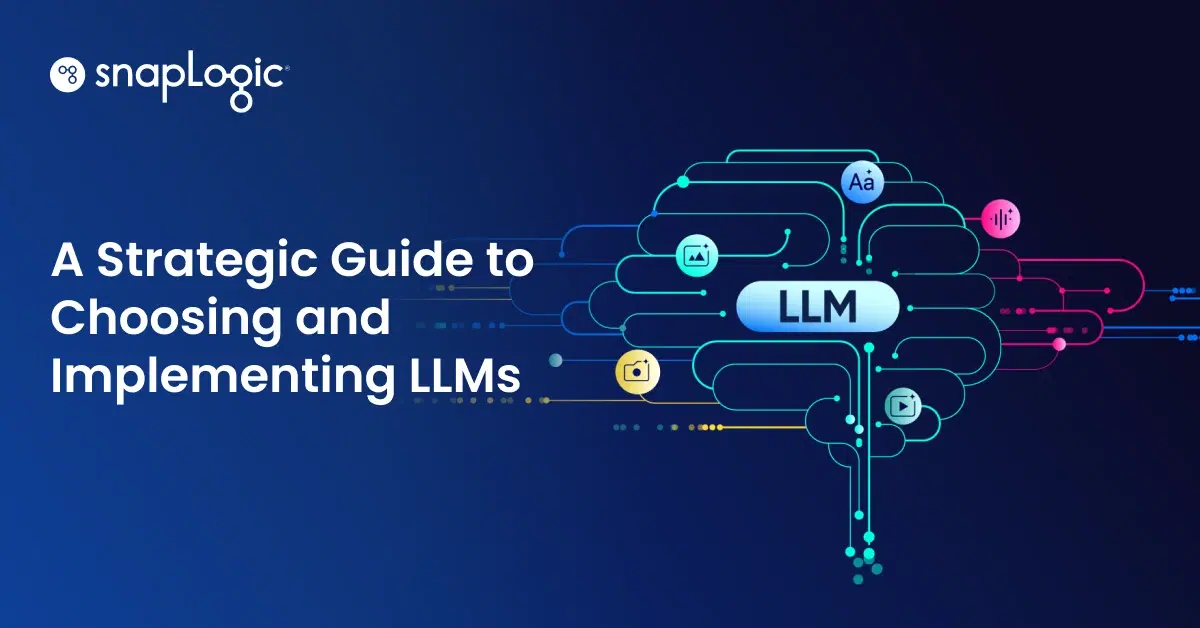In our recent, inaugural Automation Summit 2020, we heard from our customers and industry thought leaders on how the right technology tools and platforms are allowing them to meet rapidly changing business needs. A few themes were evident in these sessions. In this post, I am going to focus on two of them – empowering enterprise-wide analytics and enabling business user self-service.
Enterprise-wide Analytics
A successful analytics program has three key ingredients
- Sourcing data from EVERY data source and in near real-time
- Building a single source of truth for business users seeking insights
- Fast time to value from data to transformations to insights
And during the Automation Summit, we heard from two of our customers on how they built their enterprise-wide analytics with the SnapLogic platform.
Vishal Shah, Solutions and Integration Architect from Pitney Bowes shared that their vision was to have an enterprise-wide analytics program powered by cloud data lake that could work across clouds and source from the cloud and on-premises sources to power their analytics stack. They wanted a build a data lake that could serve as a single source of truth and source transactional data from OLTP databases, on-premises-based enterprise data, streaming data from IoT devices, marketing data,, and unstructured data from social media sources. Additionally, Pitney Bowes wanted full control of their data infrastructure.
With SnapLogic, Pitney Bowes was able to build a single source of truth for a wide range of data. With all data in a central place, the Pitney Bowes team was able to build aggregated data set in just days instead of weeks. Furthermore, it was able to enforce role-based access to meet corporate security standards very easily with SnapLogic. At the start of this journey Pitney Bowes sourced data daily but over time using SnapLogic Snaps, they could update the data lake in near real-time.
Pitney Bowes analytics stack consists of Snowflake as their data warehouse and Tableau and PowerBI as the analytics endpoints. Business users leverage the Snowflake data warehouse to get critical insights. It also powers their data science teams to build simulated models and predicted volumes.
Venu Janga, Head of Architecture, at AstraZeneca shared how his team built an analytics stack for AstraZeneca to be the first to go to market with innovative drugs, manage petabyte-scale data easily from clinical trials to sales and marketing, and support globally distributed infrastructure. Their vision was to acquire data quickly from partners and third-party vendors to power a ‘Patient-centric’ company, provide full access to clinical and commercial data to internal scientific community and government regulators and support various business units within AstraZeneca to meet their data and analytics needs.
With SnapLogic, AstraZeneca got a wide range of pre-built connectivity across on-premises and cloud applications and data sources. With SnapLogic’s superior ease-of-use their team could build and maintain end-to-end workflows with reduced time and costs, launch products and initiatives faster, and simplify architecture that reduced risk and tech debt.
AstraZeneca has geographically distributed data lakes in Amazon S3 for various business units. These data lakes act as a single-source of truth platform for tens of operational systems. They power clinical planning, resource forecasting warehouses, and global commercial analytics in Amazon Redshift.
Business User Self-service
Analytics and insights are not restricted to a single department, neither is the need to automate business processes. But as lines of business across the enterprise are looking to accelerate, the burden falls squarely on IT. The only way businesses can get rapid insights is if the business users, who often do not know how to code, are enabled. We see the need for business user self-service not just in small startups but also in large organizations.
AstraZeneca has enabled 400+ non-technical business users to use SnapLogic. These business users are empowered to get data out of Salesforce, get insights from the clinical data warehouses, collaborate with external partners such as universities, and more using the SnapLogic platform. Non-technical users leverage integration templates built by IT in the SnapLogic platform and can get to value quickly using the training videos and how-to resources that the central IT maintains.
Pitney Bowes has also empowered 500+ users using the SnapLogic platform across 15+ departments. They have enabled their teams to get away from ad-hoc, hand-coded integrations and completed over 1000 projects to get data from a LOB specific system into the analytics stack.
To try out for yourself how you can empower enterprise-wide analytics and business user self-service like AstraZeneca and Pitney Bowes, sign up for our free-trial or contact-us for a custom demo.










